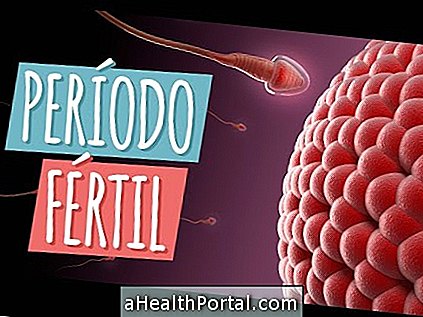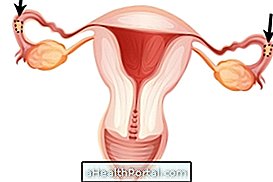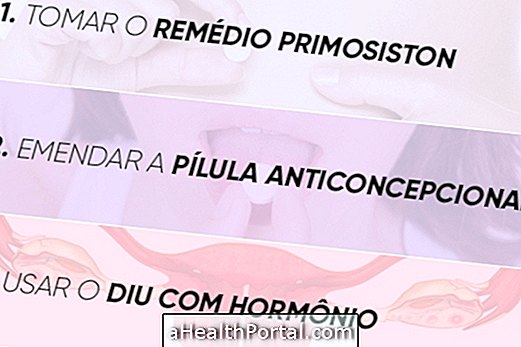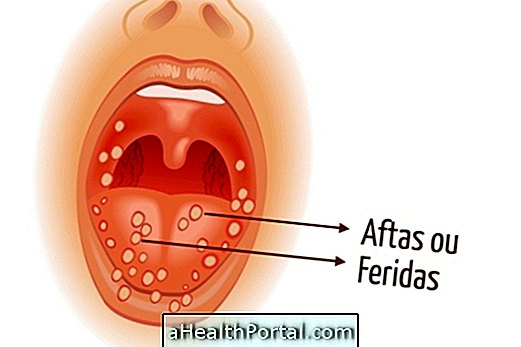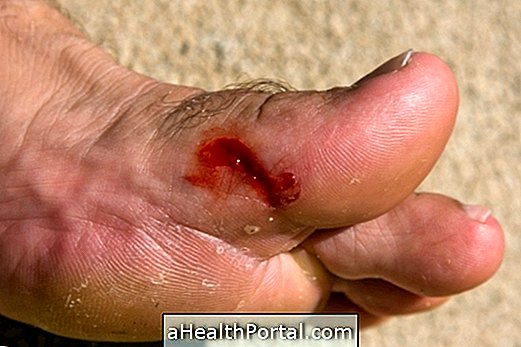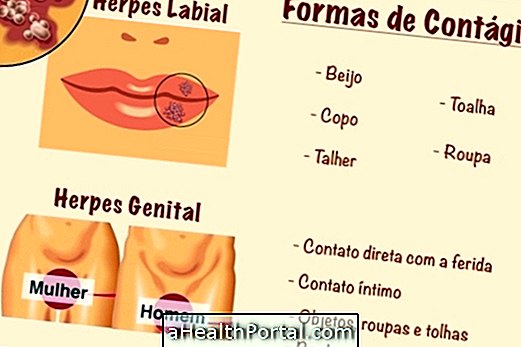The best way to conceive of someone who has had a vasectomy Ether unprotected relationships until 3 months after the surgical procedure, because during this period some sperm can still go out during ejaculation, increasing the chances of pregnancy.
After this period, the chances of pregnancy are minimal and if the couple really wants to get pregnant, the man should undergo a new surgery to reverse the vasectomy and make re-ligation of the cut vas deferens.
However, the re-ligation surgery may not be completely effective, especially if it is more than 5 years after the vasectomy, because, over time, the body begins to produce antibodies capable of eliminating the spermatozoa when they are produced, the chances of getting pregnant again, even with the reattachment surgery.

How is surgery done to reverse vasectomy?
This surgery is done with general anesthesia in the hospital and usually takes between 2 to 4 hours, and recovery also lasts a few hours. However, most men can return home the same day.
Although recovery is rapid, it takes a period of 3 weeks before returning to daily activities, including close contact. During this time, your doctor may prescribe some analgesic and anti-inflammatory medicines, such as Paracetamol or Ibuprofen, to relieve the discomfort that may occur especially while walking or sitting.
Surgery to reverse vasectomy has a greater chance of success when it is done in the first 3 years, with more than half of the cases being able to re-conceive.
Option to get pregnant after vasectomy
In cases where the man does not intend to perform the channel re-ligation surgery or the surgery was not effective to re-conceive, the couple may choose to do IVF .
In this technique the spermatozoa are collected by a doctor directly from the canal that was attached to the testicle and then are introduced into a sample of eggs in the laboratory to form embryos that are then placed inside the woman's uterus in order to produce a pregnancy .
In some cases, the man may even leave some frozen spermatozoa before vasectomy, so that they can be used later in fertilization techniques without having to collect directly from the testicle.
Learn more about how the in vitro fertilization technique works.
